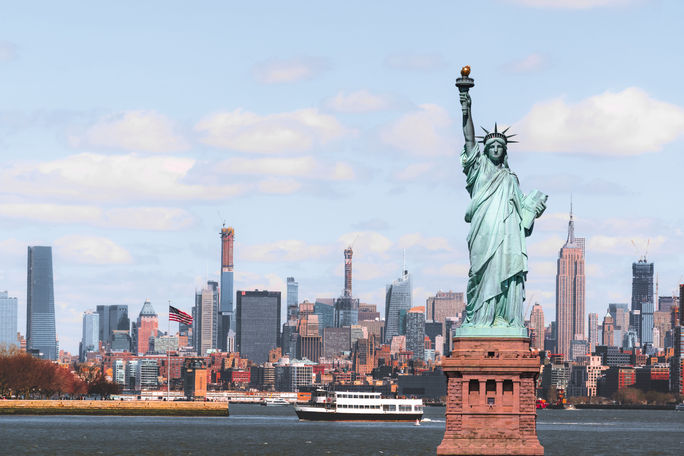US Travel Spending of $1.2 Trillion on Par With Pre-Pandemic Levels

New figures released by the U.S. Travel Association show that direct spending on travel in the United States reached $1.2 trillion in 2022. That figure, which is on par with pre-pandemic levels, produced an economic footprint of $2.6 trillion.
“Travel rebounded strongly in 2022 thanks to robust demand for domestic leisure travel,” U.S. Travel Association President and CEO Geoff Freeman said in a statement. “Now we must focus on fully restoring the international and business travel segments to continue growing this critical driver of the U.S. economy.”
The report released Wednesday by the U.S. Travel Association also shows that travel in the U.S. in 2022 supported nearly 15 million American workers. About 8 million of those workers were directly employed by the travel industry. What’s more, travel spending in the U.S. generated nearly $160 billion in total tax revenue, including $84 billion in state and local tax revenue for 2022. Equally notable, travel-generated tax revenue alleviated an average of $1,270 in taxes per U.S. household.
Each segment of the travel industry plays a valuable role in generating this important revenue. The domestic leisure segment generated $837 billion in 2022, a figure that represents a 99 percent recovery. Domestic business travel generated $234 billion, which is a 74 percent recovery compared to pre-pandemic levels. International inboound travel is the lowest of the three at just $116 billion. That total amounts to just a 55 percent recovery rate compared to years prior to the COVID-19 pandemic.
While all of that is good news, the reality is that when you adjust for inflation, overall travel spending in the U.S. is still 14 percent lower then pre-pandemic rates. Inbound travel in particular, was once the U.S.’ top services export, one that generated a trade surplus at its height in 2015 of $86 billion. Fast forward to 2022, and the travel’s surplus has declined to just $3 billion.
The U.S. Travel Association has been repeatedly calling on leaders in Washington to improve visitor visa processing times for international travelers. Just this week, the association released a report showing that international travelers from key source markets face excessive wait times for visitor visas. This includes Brazil, Mexico and Columbia, where wait times are 511 days, 590 days and 752 days, respectively, as of April 14.
The organization says the U.S. is losing its competitive edge as a result of the lengthy visa wait times. It points to a variety of data on this front. In particular, inbound travel was once the U.S.’ top services export, one that generated a trade surplus at its height in 2015 of $86 billion. Fast forward to 2022, and the travel’s surplus has declined to just $3 billion.
According to the trade organization, the U.S. continues to “put up barriers in the form of excessive visitor visa wait times.” This, in turn, results in travelers opting to visit more accessible destinations.
On Wednesday, during the association’s annual legislative fly-in, dubbed Destination Capital Hill, nearly 250 travel industry leaders from U.S. Travel member organizations sought to elevate the travel industry’s essential contributions with lawmakers.
Delegate meetings were scheduled with some 230 members of Congress to discuss how travel drives economic growth and creates jobs within their respective communities.
